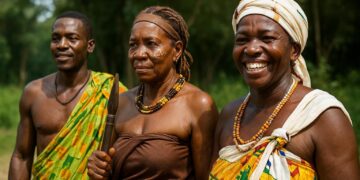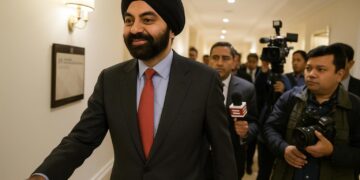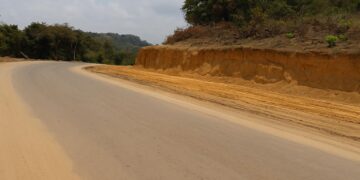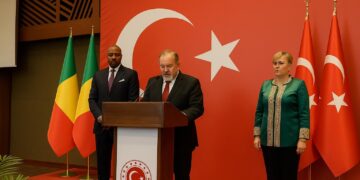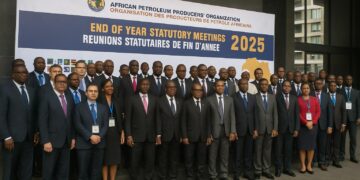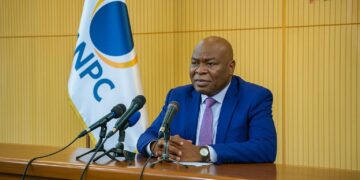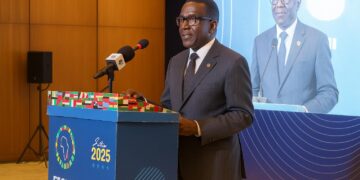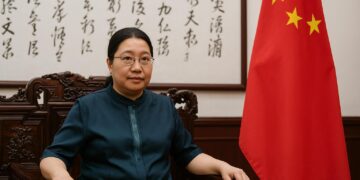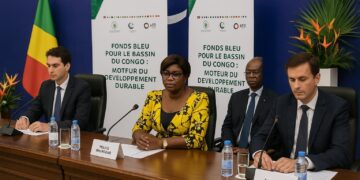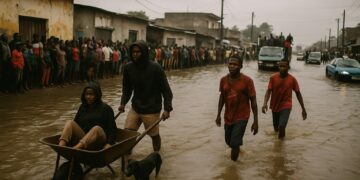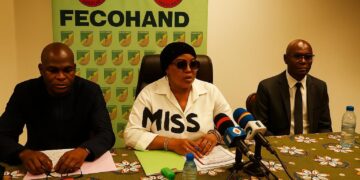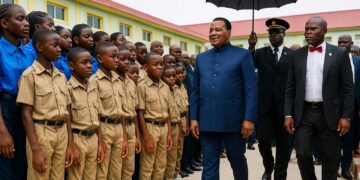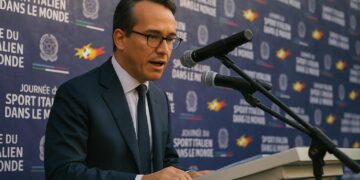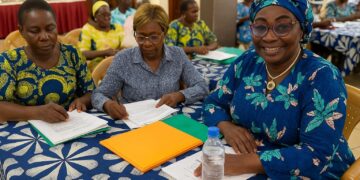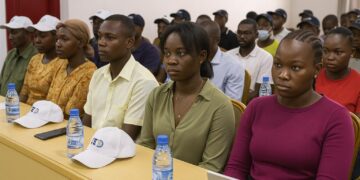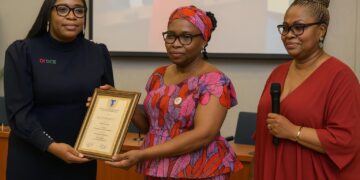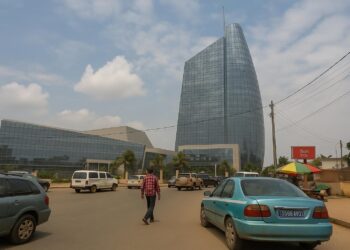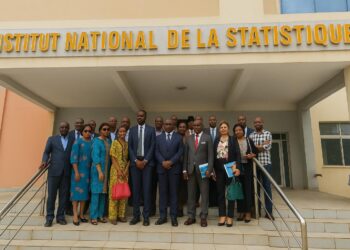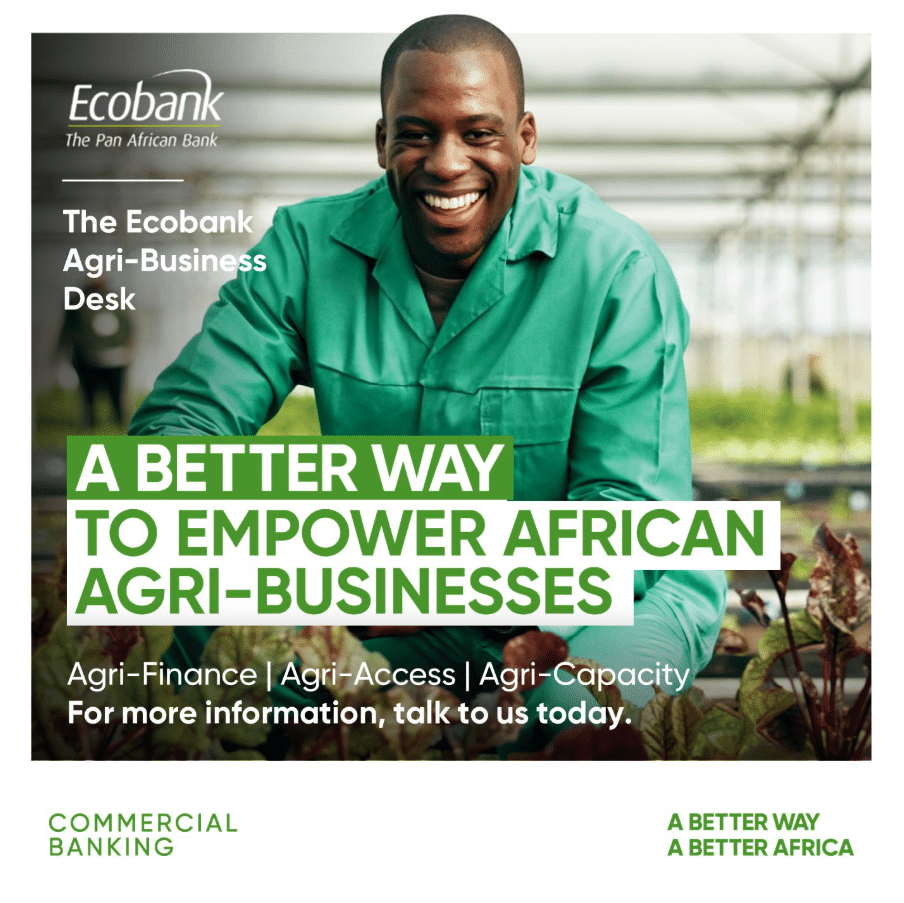Africa’s Debt Landscape Beyond Headlines
Africa’s sovereign borrowing dynamic has resurfaced in boardrooms as dollar yields climb and repayment windows narrow. Yet simplifying the continent’s debt story to “China versus the West” masks deeper structural legacies and misprices risk for investors looking at the Republic of Congo and its peers.
Latest International Monetary Fund tables place Africa’s external public debt at roughly USD 1.1 trillion, split almost evenly between multilateral lenders and private bondholders, while Chinese policy banks account for close to one eighth of the total (IMF 2023). The dispersion matters for any restructuring scenario.
Who Owes Whom: Parsing the Creditor Mix
Contrary to frequent op-eds, Western commercial creditors remain the single largest bloc, holding between 35 % and 42 % of obligations, largely through Eurobonds listed in London and Luxembourg (Debt Justice 2023). Their coupons averaged five to eight percent before the recent hiking cycle.
Multilateral institutions such as the World Bank and the African Development Bank supply concessional lines but still represent about 35 % of the debt stock. Because their claims are preferred, they rarely participate in haircuts, complicating burden-sharing discussions once a debt-distress flag is raised.
Pricing Risk: Interest Rates and Ratings Bias
Investor focus turns to pricing. Eurobonds issued this year by Côte d’Ivoire, Benin and Kenya cleared at yields between 7.5 % and 10.7 %, reflecting tighter liquidity as well as sovereign ratings many African treasurers view as systematically pro-cyclical.
Debt Justice calculates average coupons charged by private lenders at around five percent in the last decade, whereas Chinese loans to government projects came in near 2.7 % on softer tenors. Renminbi-denominated facilities further shield borrowers from dollar swings, as recent Kenya renegotiations illustrate.
Innovative Finance: What the AU Summit Signalled
At the third African Union Infrastructure Financing Summit, commissioners called for a pivot from an aid mindset toward genuine alliances aligned with Agenda 2063. The messaging resonated with lenders that combine concessional envelopes, export-credit guarantees and private capital to crowd-in investment without deepening distress.
The Republic of Congo, whose oil and forestry potential underpins medium-term growth prospects, signalled interest in blended vehicles that tie project cash flows to repayment, a structure seen in recent Gabonese sustainability-linked issues. Officials affirmed that fiscal prudence remains the anchor of any new borrowing.
China’s Toolkit: Relief, Renminbi and Railways
Beijing’s 2025-2027 Beijing Action Plan pledges cancellation of zero-interest government loans reaching maturity in 2024 for least-developed African states maintaining diplomatic ties. It also extends a CNY 210 billion credit line, plus grants and investment pledges totalling 360 billion yuan over three years.
In Brazzaville, Ambassador An Qing underscored that Chinese financing stays aligned with national strategies such as the Plan national de développement 2022-2026, seeking roads, bridges and fibre networks that spur private agribusiness and mining. No political conditionality is attached, she noted during a recent media briefing.
Beyond relief, Chinese companies have delivered more than 10 000 kilometres of rail and nearly 100 000 kilometres of roads across the continent since 2000, according to Johns Hopkins SAIS-CARI data. The logistics dividend lowers transport costs by up to 40 % for landlocked markets, research finds.
Private Markets: Opportunity Amid Volatility
Sentiment toward frontier sovereign paper improved after Ghana reached a memorandum with bilateral creditors and Zambia moved closer to bondholder agreement. Asset managers such as Pictet and Ninety One report selective inflows, yet stress discipline on fiscal anchors and commodity hedging before deploying fresh capital.
Congo-Brazzaville’s eurobond maturing 2031 trades around 9 % yield to worst, a premium reflecting hydrocarbon price sensitivity but also investor anticipation of future timber-linked revenue streams and potential carbon-credit monetisation from Congo Basin forests. Local authorities say upcoming transparency reforms will support secondary-market performance.
Multilateral development banks are piloting guarantee mechanisms that cap political-risk premiums and unlock pension-fund appetite. A maiden structure backed by the African Development Bank and UK’s BII recently enabled Senegal to issue a 15-year local-currency bond at 6.2 %, below comparable Eurobond rates.
Balancing Narratives: Toward Evidence-Based Policy
Diplomats caution against framing Africa’s debt question as a geopolitical tug-of-war. “We must replace blame games with data-driven solutions that mobilise all pockets of capital,” Mahmoud Ali Youssouf, chairing the AU Commission, argued at the summit. Market participants largely echoed the appeal.
Analysts at Standard Chartered estimate that comprehensive adoption of the G20 Common Framework, combined with local-currency issuance and sustainability-linked structures, could shave USD 15 billion off annual African service costs by 2027, freeing fiscal space for health, education and climate adaptation projects.
For Congo-Brazzaville, diversifying creditor profiles, boosting non-oil revenue and maintaining engagement with both Paris Club and Beijing lenders remain prudent steps. Investors track implementation of the IMF-supported programme agreed last year, which requires continued efforts on domestic arrears clearance and public-finance digitalisation.
Ultimately, Africa’s debt arithmetic is evolving, not unravelling. By blending concessional flows, market discipline and home-grown reforms, governments can bend the curve toward sustainability, while partners—China included—support the transition from raw-commodity dependency to diversified, digitally-enabled value creation.

